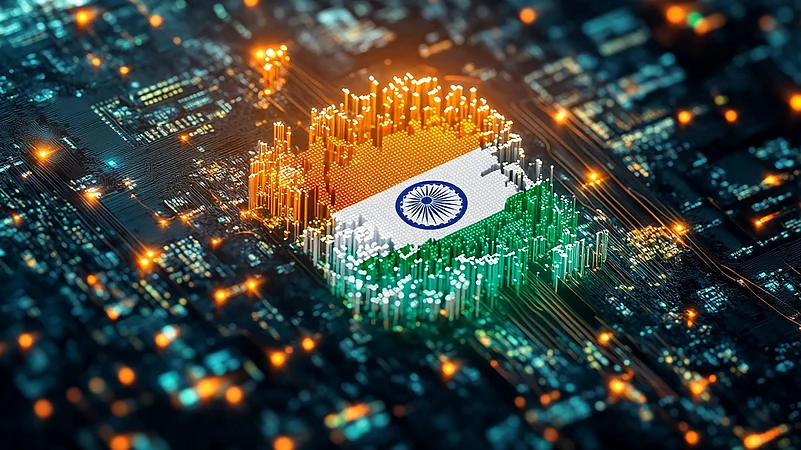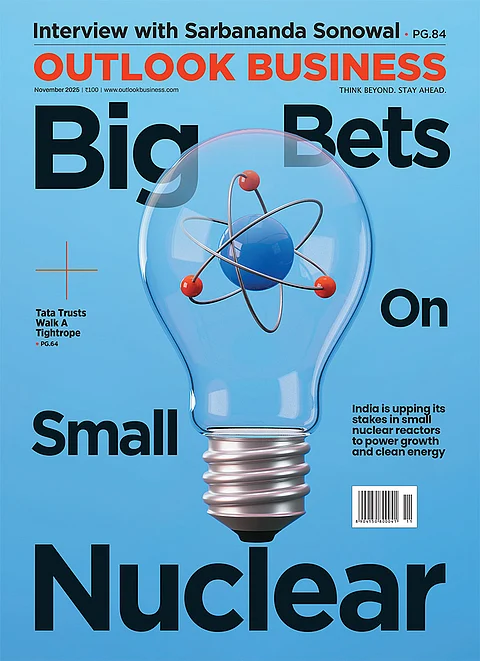India will be shoulder to shoulder with the world’s leading semiconductor nations by the next decade as domestic momentum accelerates, Union IT Minister Ashwini Vaishnaw said on Thursday. Speaking at Bloomberg’s New Economy Forum in Singapore, the minister said India is poised to compete with global chip giants, including South Korea, the US, and China by 2032, as the government scales up its $10 billion incentive programme aimed at building large-scale manufacturing, assembly, and design capabilities.
“In the case of semiconductors, by 2031–2032 we will be equivalent to where many of these countries are today,” Vaishnaw said. “Then it’ll be a race that is fair and on a level playing field.”
India’s Semiconductor Journey
India’s semiconductor journey began only three years ago, yet the country has already started attracting substantial global investment into its domestic ecosystem. According to The Economic Times, Micron Technology has started setting up a testing and packaging plant in Gujarat, while the Tata Group is preparing to bring domestic silicon fabrication online. In addition, three Indian semiconductor facilities are expected to begin commercial production early next year, the report said, citing Vaishnaw.
India’s ambitions continue to rise as global chip leaders, including Taiwan, South Korea, the US, and Japan, commit billions of dollars to expand their capacities and secure future technology supply chains. The minister emphasised that India’s strengths extend beyond capital investment, pointing to the country’s engineering talent, growing design depth, and maturing electronics ecosystem. These factors, he said, will help India accelerate its position in the global semiconductor value chain.
Vaishnaw also underscored that India’s approach is not to undermine the progress of other nations but to strengthen its own capabilities in a responsible manner. “We should strengthen our line, make ourselves strong, and increase our capabilities instead of shrinking others’ potential—that’s what our Prime Minister says,” he noted. His remarks align with the broader global shift toward diversified, cooperative, and resilient technology ecosystems.


























